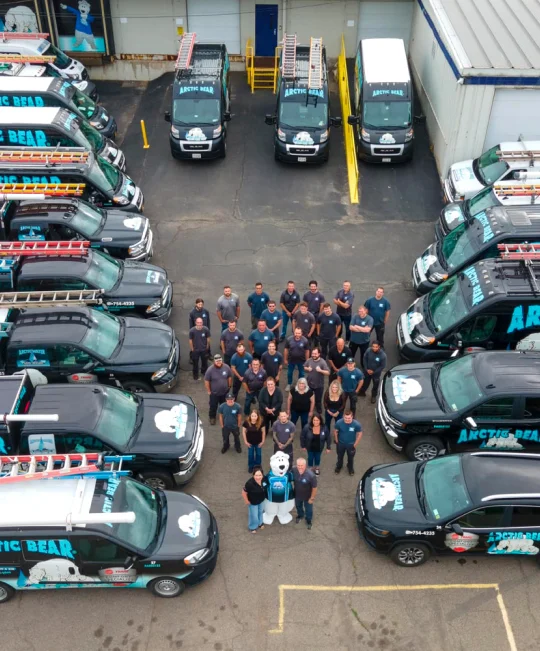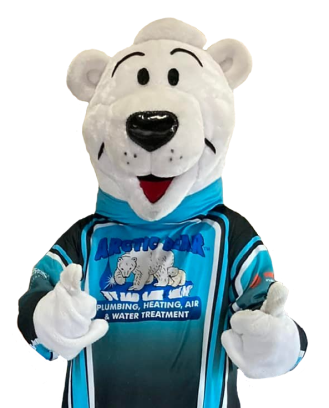Attic Ventilator
There are three basic ventilation strategies—natural ventilation, spot ventilation, and whole-house ventilation.
Natural Ventilation
Natural ventilation is the uncontrolled air movement in and out of the cracks and small holes in a home. In the past, this air leakage usually diluted air pollutants enough to maintain adequate indoor air quality. Today, we are sealing those cracks and holes to make our homes more energy-efficient, and after a home is properly air sealed, ventilation is necessary to maintain a healthy and comfortable indoor environment. Opening windows and doors also provides natural ventilation, but many people keep their homes closed up because they use central heating and cooling systems year-round.
Natural ventilation is unpredictable and uncontrollable—you can’t rely on it to ventilate a house uniformly. Natural ventilation depends on a home’s airtightness, outdoor temperatures, wind, and other factors. During mild weather, some homes may lack sufficient natural ventilation for pollutant removal. During windy or extreme weather, a home that hasn’t been air sealed properly will be drafty, uncomfortable, and expensive to heat and cool.
Spot Ventilation
Spot ventilation can improve the effectiveness of natural and whole-house ventilation by removing indoor air pollution and/or moisture at its source. Spot ventilation includes the use of localized exhaust fans, such as those used above kitchen ranges and in bathrooms. ASHRAE recommends intermittent or continuous ventilation rates for bathrooms of 50 or 20 cubic feet per minute and kitchens of 100 or 25 cubic feet per minute, respectively.
Whole-House Ventilation
The decision to use whole-house ventilation is typically motivated by concerns that natural ventilation won’t provide adequate air quality, even with source control by spot ventilation. Whole-house ventilation systems provide controlled, uniform ventilation throughout a house. These systems use one or more fans and duct systems to exhaust stale air and/or supply fresh air to the house.
There are four types of systems
- Exhaust ventilation systems work by depressurizing the building and are relatively simple and inexpensive to install.
- Supply ventilation systems work by pressurizing the building and are also relatively simple and inexpensive to install.
- Balanced ventilation systems, if properly designed and installed, neither pressurize nor depressurize a house. Rather, they introduce and exhaust approximately equal quantities of fresh outside air and polluted inside air.
- Energy recovery ventilation systems provide controlled ventilation while minimizing energy loss. They reduce the costs of heating ventilated air in the winter by transferring heat from the warm inside air being exhausted to the fresh (but cold) supply air. In the summer, the inside air cools the warmer supply air to reduce ventilation cooling costs.
Avoiding Heat Buildup
Keeping the outside heat outside, avoiding heat-generating activities, and using spot ventilation can help keep your home cool during hot days.
To avoid heat buildup in your home, plan ahead by landscaping your lot to shade your house. If you replace your roof, use a light-colored material to help it reflect heat. Insulate your house to at least the recommended levels to help keep out the heat, and consider using a radiant barrier.
On hot days, whenever outdoor temperatures are higher than the temperature inside your house, close tightly all the windows and exterior doors. Also, install window shades or other window treatments and close the shades. Shades will help block out not only direct sunlight, but also radiated heat from the outdoors, and insulated shades will reduce the conduction of heat into your home through your windows.
Cooking can be a major source of heat within a home. On hot days, avoid using the oven; cook on the stovetop, or better yet, use only a microwave oven. For stovetop or oven cooking, use the spot ventilation of your oven hood to help remove the heat from the house (this will suck some hot outside air into your home, so don’t overdo it). Outdoor grilling is a great way to avoid cooking indoors, and of course, going out to eat or ordering take-out work as well.
Bathing, washing laundry, and other activities can also pump heat into your home. When you shower or take a bath, use the spot ventilation of a bathroom fan to remove the heat and humidity from your home. Your laundry room might also benefit from spot ventilation. If you use an electric dryer, be sure it’s vented to the outside (for safety, gas dryers should ALWAYS be vented to the outside). If you live in an older home with a sump that your laundry drains to, drain the sump after running any loads in hot water (or better yet, avoid using hot water for your laundry).
Finally, avoid any activities that generate a lot of heat, such as running a computer, burning open flames, running a dishwasher, and using hot devices such as curling irons or hair dryers. Even stereos and televisions will add some heat to your home.
U. S. Department of Energy



